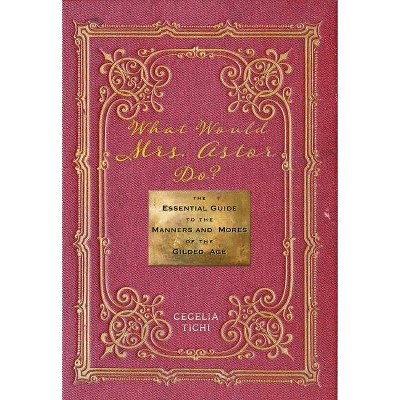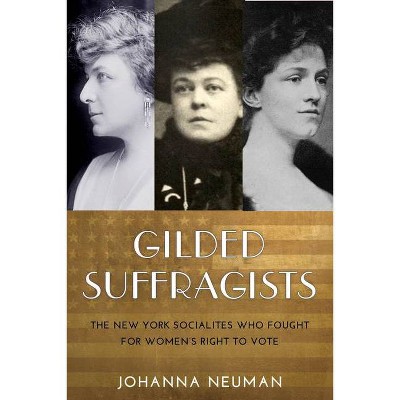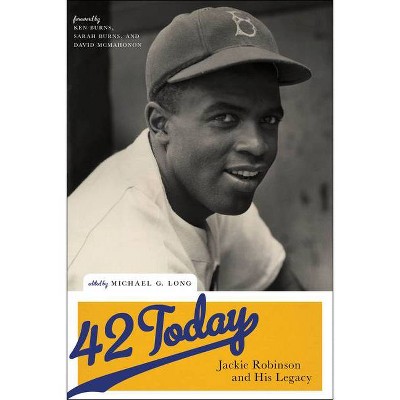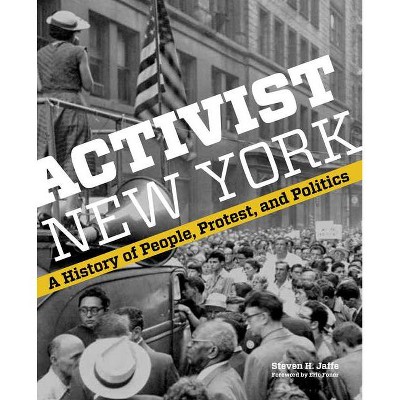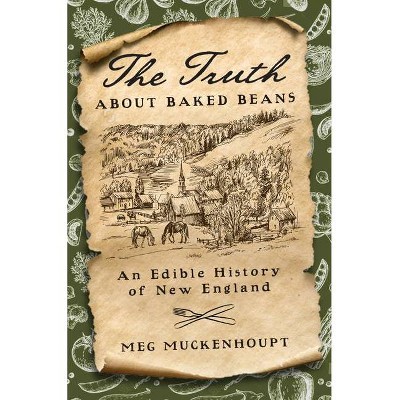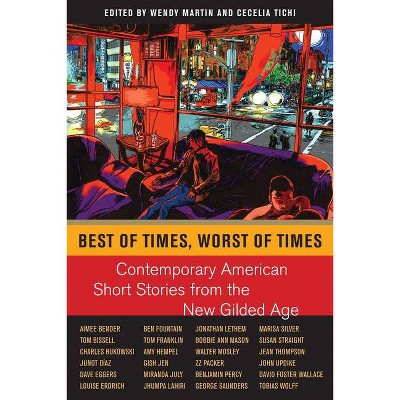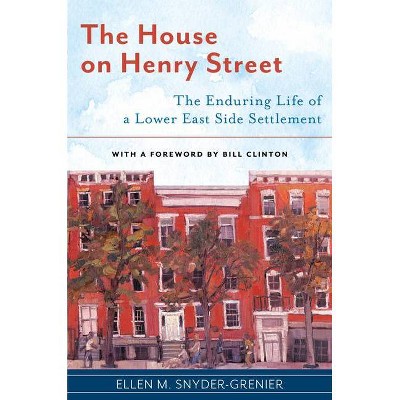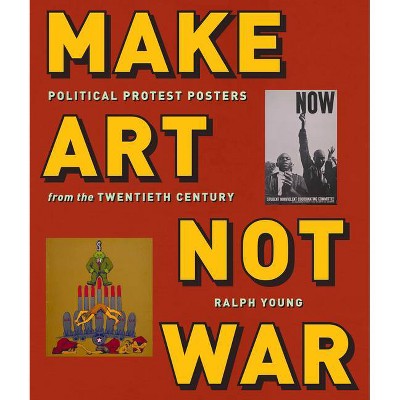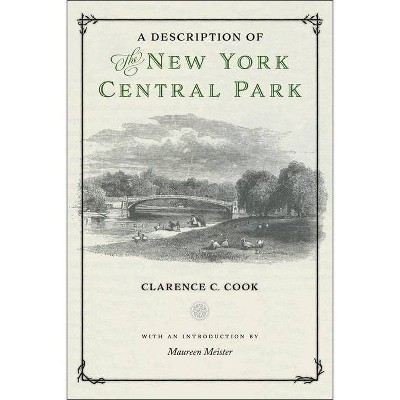Gilded Age Cocktails - (Washington Mews Books) by Cecelia Tichi (Hardcover)
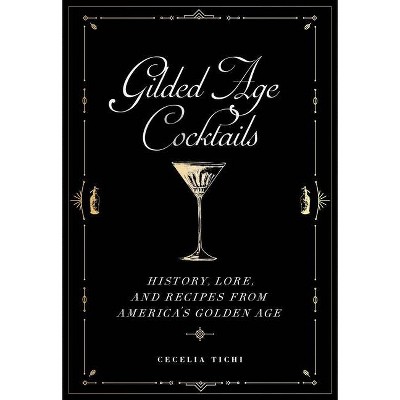
Similar Products
Products of same category from the store
AllProduct info
<p/><br></br><p><b> Book Synopsis </b></p></br></br><p><b>A delightful romp through America's Golden Age of Cocktails</b> <p/>The decades following the American Civil War burst with invention--they saw the dawn of the telephone, the motor car, electric lights, the airplane--but no innovation was more welcome than the beverage heralded as the "cocktail." <p/>The Gilded Age, as it came to be known, was the Golden Age of Cocktails, giving birth to the classic Manhattan and martini that can be ordered at any bar to this day. Scores of whiskey drinks, cooled with ice chips or cubes that chimed against the glass, proved doubly pleasing when mixed, shaken, or stirred with special flavorings, juices, and fruits. The dazzling new drinks flourished coast to coast at sporting events, luncheons, and balls, on ocean liners and yachts, in barrooms, summer resorts, hotels, railroad train club cars, and private homes. <p/>From New York to San Francisco, celebrity bartenders rose to fame, inventing drinks for exclusive universities and exotic locales. Bartenders poured their liquid secrets for dancing girls and such industry tycoons as the newspaper mogul William Randolph Hearst and the railroad king "Commodore" Cornelius Vanderbilt. <p/>Cecelia Tichi offers a tour of the cocktail hours of the Gilded Age, in which industry, innovation, and progress all take a break to enjoy the signature beverage of the age. <i>Gilded Age Cocktails</i> reveals the fascinating history behind each drink as well as bartenders' formerly secret recipes. Though the Gilded Age cocktail went "underground" during the Prohibition era, it launched the first of many generations whose palates thrilled to a panoply of artistically mixed drinks.</p><p/><br></br><p><b> Review Quotes </b></p></br></br><br>If you've ever wondered how historical nonfiction can be dry like a martini and not dry like a textbook tome, you need to pick up Cecelia Tichi's <i>Gilded Age Cocktails</i>. Tichi brings to glittering life what it meant to drink from 1870-1910. Chock full of quotes from primary sources of the day with titles like 1890's Society as I Have Found It, Tichi makes clear how much lubrication kept this period of history afloat, prior to the double blow of a first World War and Prohibition.-- "California Review of Books"<br><br>A powerful shot of history, aesthetics, identity, and politics, this elegant volume chronicles the early libations of America's most profoundly elitist hours--cocktail time in the Gilded Age. Tichi provides new (and tasty) insight into the lives and art of bartenders who labored to provide pleasure for a decadent citizenry.--Alice Randall, author of Black Bottom Saints<br><br>This delightful and insightful tour of America's long affair with cocktails could not be more welcome. With a sure hand and a light touch, Tichi guides the reader back into the Gilded Age to know Americans by what they drank--where, when, with whom, and why. This elegant cultural history of taste--literal and social--is rich with details, recipes, and little-known facts: a journey backwards that lands us in the present, gifting us both self-awareness and escape.--Carla Kaplan, author of Miss Anne in Harlem: The White Women of the Black Renaissance<br><p/><br></br><p><b> About the Author </b></p></br></br><b>Cecelia Tichi</b> is Gertrude Conaway Vanderbilt Professor of English and American Studies at Vanderbilt University. She is the author of nine books, including <i>Jazz Age Cocktails </i>(NYU Press, 2021), <i>Gilded Age Cocktails</i> (NYU Press, 2021), <i>What Would Mrs. Astor Do? The Essential Guide to the Manners and Mores of the Gilded Age </i>(NYU Press, 2018) and <i>Civic Passions: Seven Who Launched Progressive America </i>(UNC Press, 2011).
Price History
Price Archive shows prices from various stores, lets you see history and find the cheapest. There is no actual sale on the website. For all support, inquiry and suggestion messages communication@pricearchive.us
